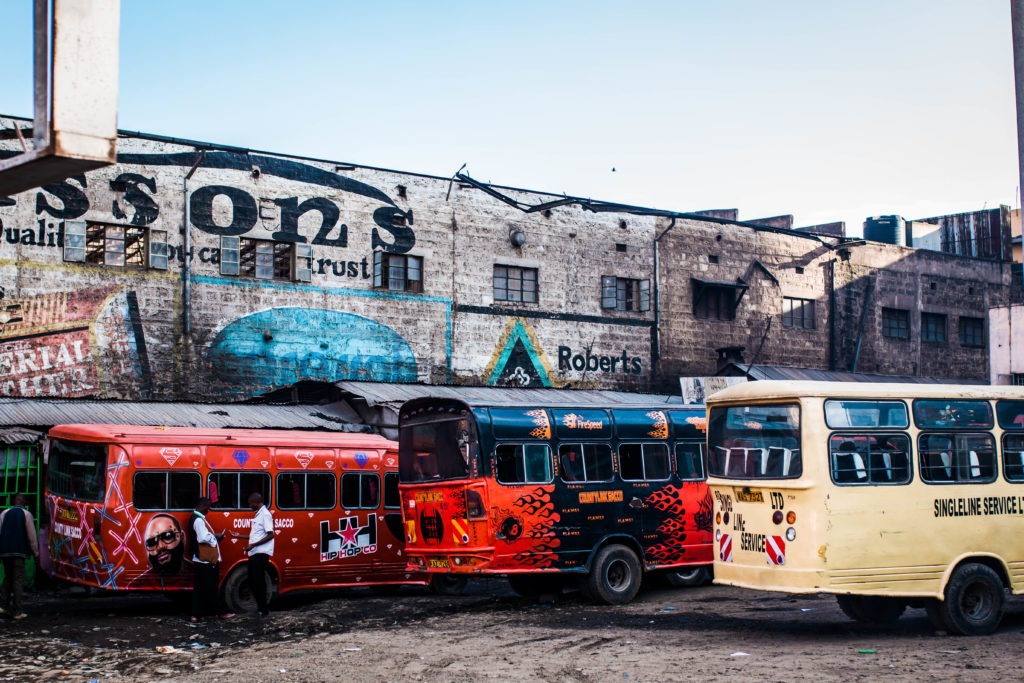
“How old is your baby?”
A much older man with grey hair and big glasses mouthed this to me, after waving to get my attention from across the outdoor patio of a coffee shop in Virginia. I didn’t think this was out of the ordinary as other people have asked me the age of my baby, so I smiled and said two months.
When the friend I met at the coffee shop left, I lingered on the teal cushioned bench, enjoying the unusually mild June day and the soft breeze running through the leaves of the tree behind me, as my baby snuggled against me.
When I heard the man say, “Yoo-hoo” over to me again and then give me a “thumbs up” and mouth I was doing a good job with my baby, I gave him a big smile and asked if he wanted to say hi to my baby. This man said yes, and I walked over. I introduced my baby and the man commented on how he had been watching me and he thought I was a really good mom. What new mom doesn’t want to hear that? He patted my arm that was holding my baby as he talked a few times until I stepped away. I thought he was just accidentally doing that when he meant to pat the back of my baby. In hindsight, I see how either action is inappropriate. Neither the baby nor I are public space, available for a man we don’t know to touch.
I intended to leave as soon as we’d said hi, but then the man told me about his loneliness and how grateful he was that I came over and that most people are too busy to do so. He told me he comes to the coffee shop often to “make friends” and sometimes it works and sometimes it doesn’t. But he reiterated how lonely he was. I suggested he look up the local community center’s senior events or volunteer with a local organization with whom I volunteer, but he dismissed those suggestions.
Then the conversation took a turn I didn’t expect.
He said he was having a hard time finding a woman to date and invited me to come over to his house. He gave me directions to his house and told me about how big his house is. I declined his invitation with a smile on my face – as women learn to do to try to not escalate a situation. But like so many men who don’t listen to or accept a “no,” he was not initially deterred. He said, “Look, just come over and look around and if you like it, you can stay and if you don’t, you can go.”
My face felt hot and red and I felt uncomfortable as I politely declined again.
And then he told me he was so lonely he should just end things. No one cared if he was alive. I said something like, “It sounds like you’re having a down day and I’m sorry for that. I hope you can find ways to feel meaning in your life.”
He dismissed my words and repeated a few times that he should just end his life. I again reiterated that I was sorry he felt that way and I hoped he wouldn’t.
And that’s when I said I needed to go and walked back to my table, loaded up my baby in the stroller and left.
I felt shaken; no one had threatened to commit suicide to me before. I wondered if I should have said or done more. New statistics released this month by the Centers for Disease Control and Prevention show that suicide rates have been rising in nearly every state, and the recent high profile suicides of Kate Spade and Anthony Bourdain made me take his words seriously.
When I texted my domestic partner a few minutes later about what had happened, he had a different take and he was furious at the man. He visits Reditt regularly and told me he’s seen threads about men who threaten to commit suicide as a manipulation strategy when women reject them. I realized this was exactly what just happened to me. My partner guessed that the man had probably done this before and was using it as a tactic to try to manipulate me into feeling sorry for him (which I had) and going to his house (no way). He voiced concern about the man following me and trying to harm me. I assured him that the man hadn’t followed me, but I felt even more shaken, because what if that had happened?
I felt so stupid for going over to him when I could have just ignored him or left after his second, “Yoohoo.” New motherhood had made me feel generous and kind, off my guard, and ready to embrace my community. I felt stupid for trusting that he had good intentions.
And I felt mad. Suicide is not something we should talk about lightly or joke about. It’s not something one should use to manipulate another person. And yet, apparently there are men who do just that!
And I felt upset and discouraged. I want to be able to believe for once that when a man says hi, he really does just want to say hi, human being to human being. No strings attached or ulterior motive. But too many times across my life, a man’s hi has turned into unwanted attention, persistent inquiries into my personal life, requests for a date, following me and more. And here that had happened again, even when I was with my baby and by a man old enough to be my grandfather.
Sadly, now I will be warier of men who talk to us in public, especially as it’s not just me who’d be affected anymore, I have a baby to protect, too.

 Violence against women and girls (VAWG) in public transport and its associated spaces has and continues to be a global problem. According to the
Violence against women and girls (VAWG) in public transport and its associated spaces has and continues to be a global problem. According to the